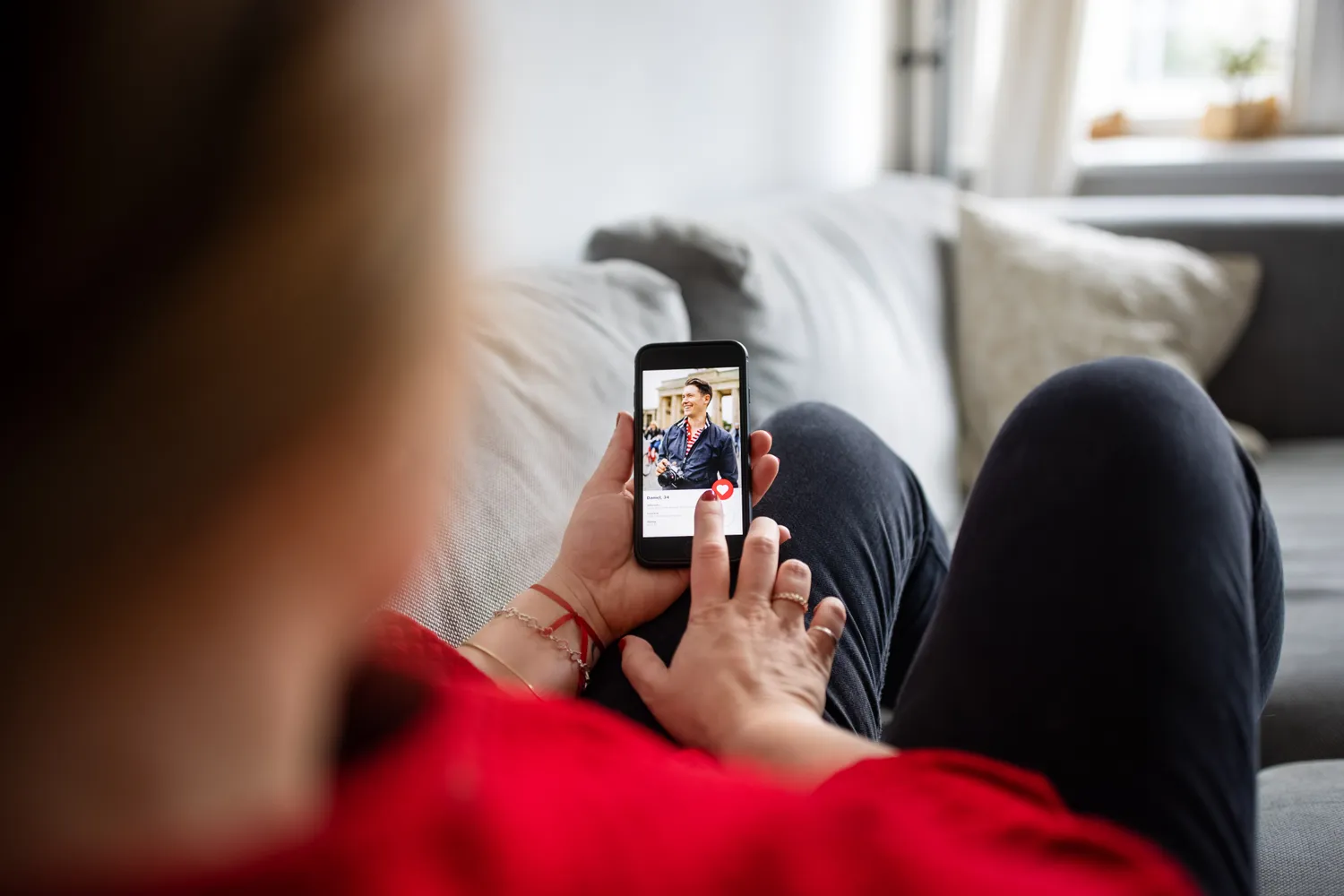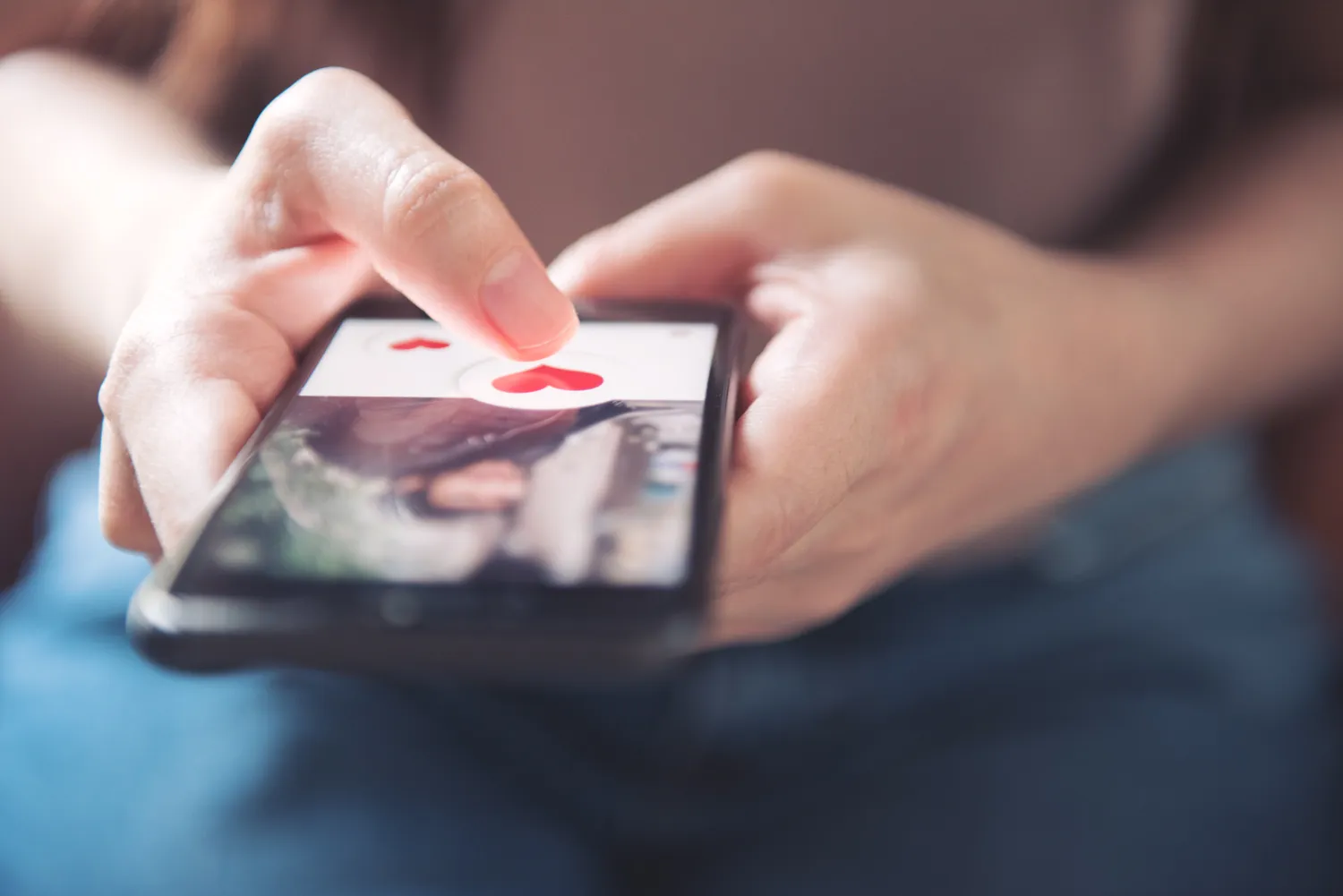Productivity & Habits · Routinova
The Complete Self-Care Space Guide for Extreme Stress
In the vacuum of space, there is no spa day, no forest walk, no weekend escape. Yet astronauts must stay calm, focused, and collaborative for months in isolation. Their approach to "self-care in space" is a powerful, research-backed model for how to build resilience, self-regulation, and emotional balance in any high-pressure life on Earth.
In simple terms: self-care in space means deliberately managing your physical, mental, and social energy so you can perform under stress, protect your health, and be a reliable teammate—without relying on a perfect environment.
Table of Contents
- Why Self-Care Space Skills Matter in 2025
- The Science of Self-Regulation in Extreme Environments
- Latest Research on Astronaut Resilience and Well-Being
- Evidence-Based Mechanisms: How Self-Care Space Actually Works
- People Also Ask: Expert Answers for Everyday Life
- Research-Backed Self-Care Space Strategies You Can Use
- Meta-Analysis Insights: What Consistently Predicts Success
- Implementation Guide: Turn Theory into Daily Rituals
- Key Takeaways for High-Pressure Lives
Why Self-Care Space Skills Matter in 2025
In 2025, many of us are living "microgravity lives": always online, emotionally weightless, pulled in every direction. Work-from-anywhere culture, global crises, and constant notifications mimic the cognitive load, isolation, and disrupted rhythms astronauts experience.
Astronaut-tested self-care space strategies are not about luxury; they are about functioning at your best when conditions are far from ideal. That makes them the perfect blueprint for entrepreneurs, caregivers, students, and leaders navigating chronic stress.
Self-care space is not escapism. It is a performance-critical system for staying steady, focused, and kind in unstable environments.
The Science of Self-Regulation in Extreme Environments
Self-care for astronauts is built around one core competency: self-regulation. It is the ability to monitor your internal state and deliberately adjust your thoughts, emotions, and behaviors in service of long-term goals.
Key components include:
- Cognitive regulation: Reframing setbacks, focusing attention, managing intrusive worries.
- Emotional regulation: Calming anger, fear, or frustration without suppressing important signals.
- Behavioral regulation: Sticking to routines, sleep, exercise, and protocols even when unmotivated.
- Social regulation: Respecting others under stress, preventing conflict in close quarters.
In space, this looks like transitioning smoothly from a high-risk spacewalk to relaxed mealtime, managing disappointment after a failed experiment, or choosing empathy instead of irritation during cramped, sleep-deprived days.
On Earth, it’s the same skill set applied to tough meetings, parenting meltdowns, exam weeks, or startup chaos.
Latest Research on Astronaut Resilience and Well-Being
Recent findings from space psychology and high-stress performance labs help define what effective self-care space looks like.
- A 2023 NASA-supported review highlighted that crews who practiced structured routines, shared rituals, and proactive emotional check-ins showed higher mission cohesion and mood stability.
- Harvard (2024) reported that workers trained in brief, daily self-regulation strategies (breathing, cognitive reframing, micro-breaks) had significantly lower burnout risk and better executive functioning, even in demanding roles.
- Stanford researchers studying analog Mars missions found that perspective-taking and humor reliably reduced interpersonal tensions in isolation, supporting team resilience.
- Longitudinal studies on Antarctic stations (a key spaceflight analog) show that sleep hygiene, light exposure, and clear role expectations protect mental health in extreme confinement.
Together, these findings affirm that resilience is not a personality trait reserved for astronauts. It is a set of trainable behaviors that can be practiced in any environment.
Evidence-Based Mechanisms: How Self-Care Space Actually Works
Self-care space is powerful because it targets predictable psychological and physiological mechanisms.
Cognitive load and uncertainty
- Structured routines reduce decision fatigue and free mental bandwidth.
- Clear priorities prevent "mission drift"—both in spaceflight and daily life.
Emotional volatility in tight quarters
- Naming emotions and using reappraisal dampens impulsive reactions.
- Short recovery rituals between tasks prevent emotional spillover.
Physiological stress
- Regular movement, strength work, and controlled breathing regulate the nervous system.
- Consistent sleep-wake cycles stabilize mood and cognition.
Social friction under pressure
- Perspective-taking interrupts assumptions and blame.
- Intentional appreciation and check-ins foster psychological safety.
When you deliberately manage body, mind, and relationships as a unified system, you create a personal "life-support" environment—even when your outer world is chaotic.
People Also Ask: Expert Answers for Everyday Life
How do astronauts practice self-care in space?
Astronauts use structured routines, daily exercise, planned downtime, emotion-regulation tools, and intentional communication to stay mission-ready. They treat self-care as part of their job: monitoring their mood, protecting sleep, staying physically active, and supporting teammates to keep the entire system stable.
What can we learn from astronauts about coping with stress?
The key lessons: control what you can (routine, habits, mindset), anticipate friction, and embed recovery into your schedule. Astronauts show that adaptability, humility, and teamwork outperform raw toughness. Small, consistent practices matter more than occasional dramatic resets.
What is the role of adaptability in self-care?
Adaptability means adjusting intelligently to new conditions without burning out your resources. Effective self-care space strategies help you pivot routines, expectations, and coping tools as life changes—so you grow through challenges instead of just surviving them.
How do astronauts avoid conflict in confined spaces?
They train in cross-cultural awareness, perspective-taking, clear communication, and self-monitoring. Instead of reacting impulsively, they pause, interpret behavior through multiple lenses, and address concerns early. The priority is always: protect the mission, protect the relationship.
Research-Backed Self-Care Space Strategies You Can Use
Below are astronaut-inspired, evidence-aligned strategies translated for your daily life. Each is designed to be practical, repeatable, and mobile-friendly—perfect for modern, high-pressure routines.
1. Build a Mission-Ready Daily Framework
Create a simple structure that mirrors what works in space missions.
- Define your "top 3" non-negotiables (sleep, movement, focused work).
- Use time blocks for deep work, admin, and recovery.
- Add 5–10 minute transition rituals between tasks.
Aim for a routine that is stable, not rigid—strong enough to guide you, flexible enough to adapt.
2. Use Micro Self-Regulation Breaks
Short, deliberate resets protect your cognitive and emotional performance.
Try:
- 60–90 seconds of slow exhale breathing.
- A quick body scan while seated.
- Naming your state: "I feel overloaded and tense"—then choosing the next best action.
These micro-habits mirror how astronauts decompress after intense procedures.
3. Treat Movement as Emotional Maintenance
On the ISS, exercise is non-negotiable medicine. Apply the same mindset.
- Choose a baseline: 20–30 minutes of walking, stretching, or strength work most days.
- Use "movement snacks" during long desk time.
- Pair exercise with a cue (after first meeting, before dinner) to lock it in.
Think of movement as a systems check for your brain, sleep, and mood.
4. Design Your Personal Self-Care Space Environment
Even if your environment is cramped or chaotic, you can create micro-zones that support regulation.
- A specific chair or corner for calming down.
- Headphones + one playlist you only use for focus.
- A 3-minute sensory reset: light, scent, temperature, or stretching.
This mirrors how astronauts personalize limited space to feel grounded and oriented.
5. Practice Conflict-Proof Communication
Borrow team-care habits from international space crews.
- Start with curiosity: "What might they be experiencing?"
- Replace blame with impact statements: "When this happens, here’s how it affects me."
- Schedule short, regular check-ins with partners or teams.
Cultivating empathy, self-monitoring, and perspective-taking reduces emotional "micro-collisions" that drain energy.
6. Pre-Commit to Support for Future You
Astronauts prepare coping plans before stress peaks. You can too.
Create:
- A short list: "When I feel X, I will do Y" (e.g., when overwhelmed → 3-minute walk + one clear next step).
- A small support circle you can message for perspective.
- A realistic protocol for sleep and nourishment during demanding weeks.
This turns self-care from vague intention into a clear operating procedure.
Meta-Analysis Insights: What Consistently Predicts Success
Across spaceflight research, extreme-environment studies, and high-performance psychology, several themes show up repeatedly:
- Structured routines support cognitive performance and emotional stability.
- Self-awareness + self-regulation predict lower conflict and better decisions.
- Deliberate recovery (sleep, breaks, movement) reduces error rates and burnout.
- Social support and empathy are protective, even when contact is delayed or limited.
- Adaptability with a long-term view (future-focused problem-solving instead of short-term venting) leads to better outcomes.
These findings align with evaluations from NASA’s Behavioral Health and Performance teams and independent academic groups, reinforcing that high-level performance and high-level self-care are inseparable.
Implementation Guide: Turn Theory into Daily Rituals
Use this simple, astronaut-inspired framework to operationalize self-care space in your life.
Clarify your mission
- Define your top roles and priorities for the next 30–90 days.
- Ask: "What kind of person do I need to be to sustain this mission?"
Design your protocols
- Sleep window, movement baseline, focus blocks, digital limits.
- Write them down like checklists—keep them visible.
Build tiny, repeatable rituals
- 3-breath reset before hard conversations.
- 5-minute tidy-up to close your workday.
- One message of appreciation to a teammate or loved one daily.
Run weekly "mission debriefs"
- What drained me? What restored me?
- Where did I react instead of regulate?
- What small adjustment will I test next week?
Adjust like an astronaut
- When conditions change, you update protocols, not your values.
- Treat setbacks as data, not identity verdicts.
Key Takeaways for High-Pressure Lives
- Self-care space is a precision tool, not a luxury: it keeps you effective under strain.
- The same competencies that help astronauts thrive—self-regulation, adaptability, empathy, and teamwork—are directly usable in your work, home, and digital life.
- Start small: one routine, one micro-break, one honest check-in. Consistency beats intensity.
When you build your own version of self-care space, you’re not escaping reality. You’re engineering an inner environment strong enough to meet it.





